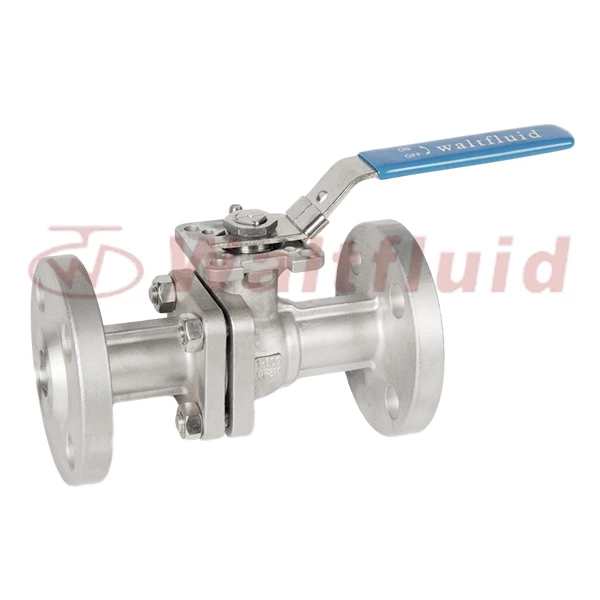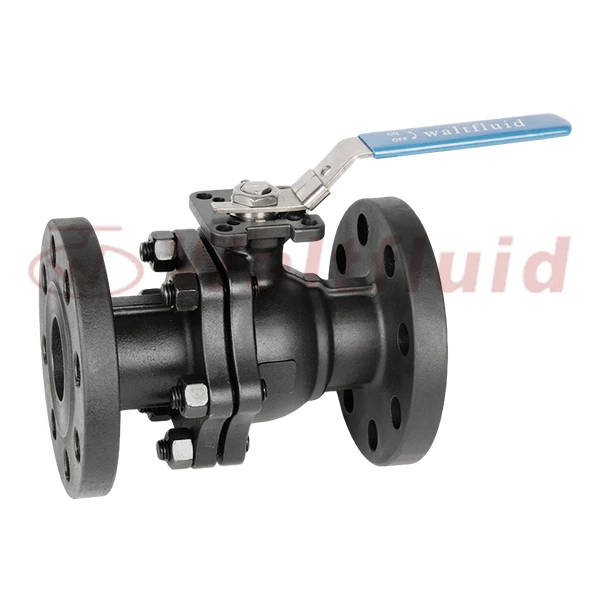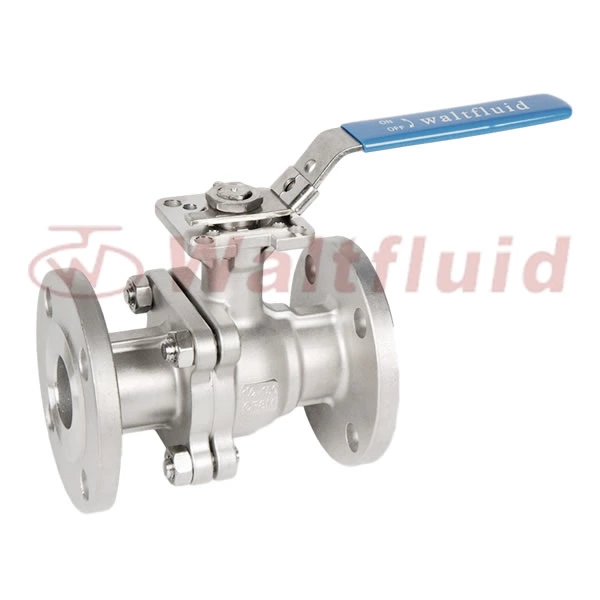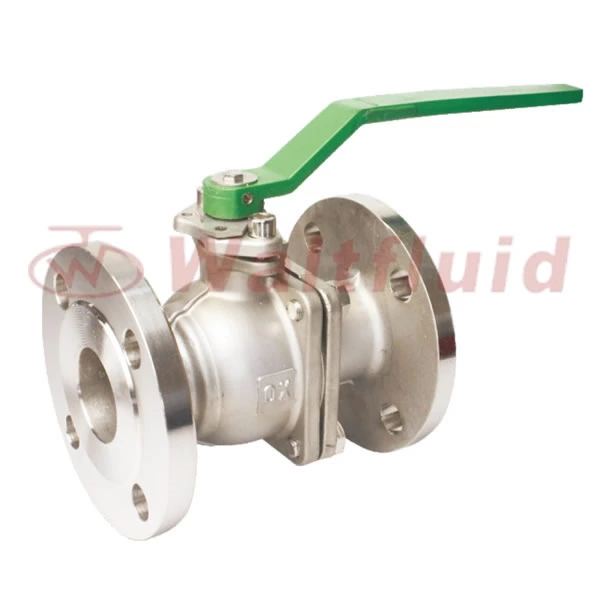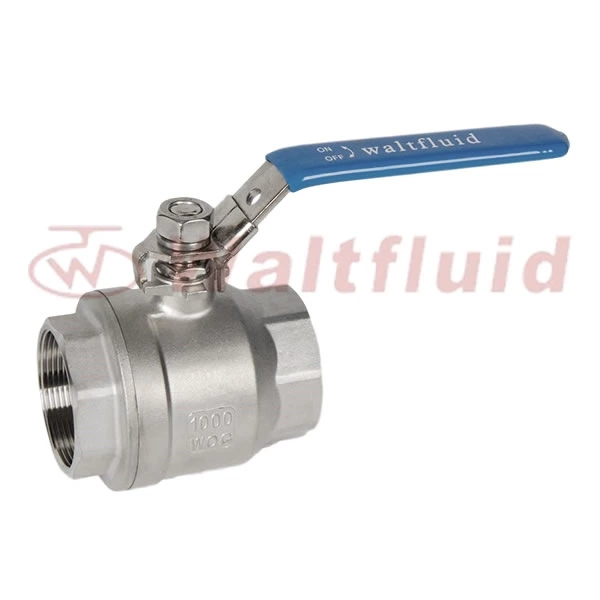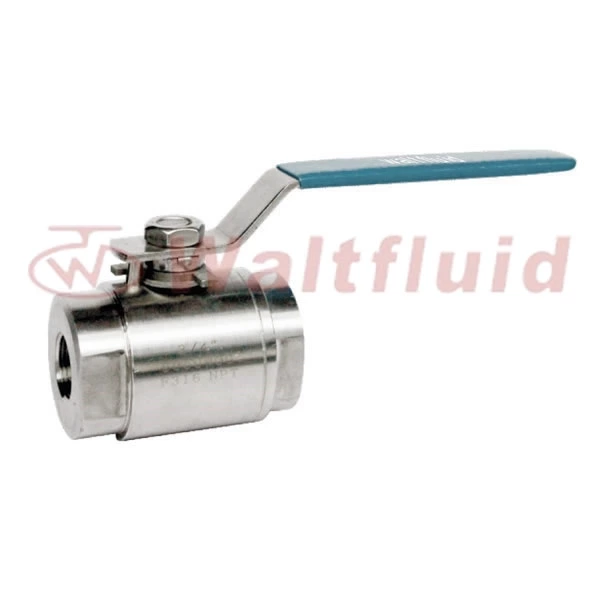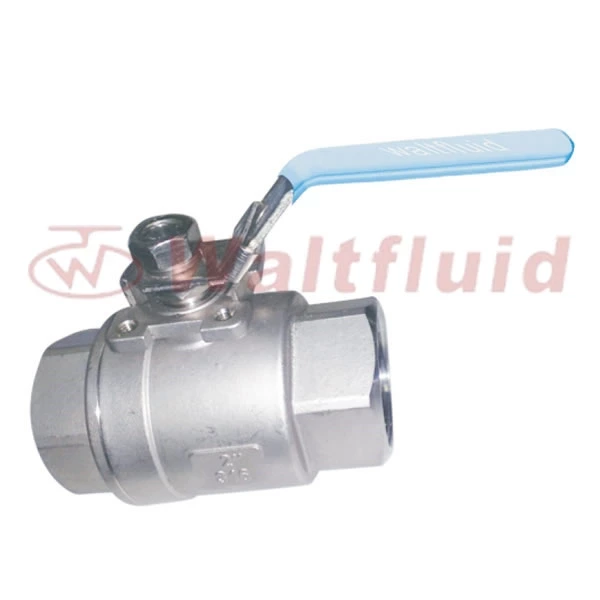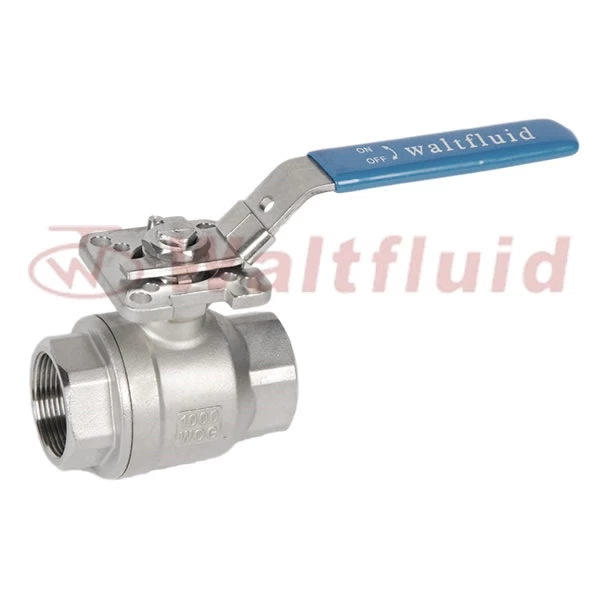Sealing Technology Of Stainless Steel Ball Valves And Their Application Advantages Under High Pressure Conditions
The sealing technology and application advantages of 2 Piece Threaded Ball Valve under high pressure conditions include the following aspects:
Sealing technology:
Sealing structure innovation: The stainless steel ball valve adopts advanced sealing structure design, such as double-acting seal, elastic sealing ring, etc., which improves the sealing performance and reduces the risk of leakage.
Sealing material optimization: The use of sealing materials such as fluororubber, polytetrafluoroethylene, etc. has excellent high temperature resistance and corrosion resistance, ensuring the long-term stable operation of the valve under high pressure conditions.
Sealing surface treatment: Through precise processing and surface treatment technology, the flatness and finish of the sealing surface are improved to reduce the possibility of leakage.
Application advantages:
Stability under high pressure conditions: The stainless steel ball valve has high pressure resistance and can operate stably under high pressure conditions to ensure the reliability of the system.
Light and flexible operation: The stainless steel ball valve uses ball rotation to control the fluid channel, which is flexible and light to operate, can quickly realize switching and adjustment, and is suitable for fluid control under high pressure conditions.
Low maintenance cost: The use of sealing technology and good materials reduces valve leakage and damage, reduces maintenance costs and downtime.
Suitable for a variety of media: Stainless steel ball valves have good corrosion resistance and are suitable for a variety of media, including corrosive media, and have broad application prospects under high pressure conditions.
In general, the sealing technology and application advantages of stainless steel ball valves under high pressure conditions make them an important fluid control device in industrial pipeline systems, which helps to improve the stability and efficiency of the system.
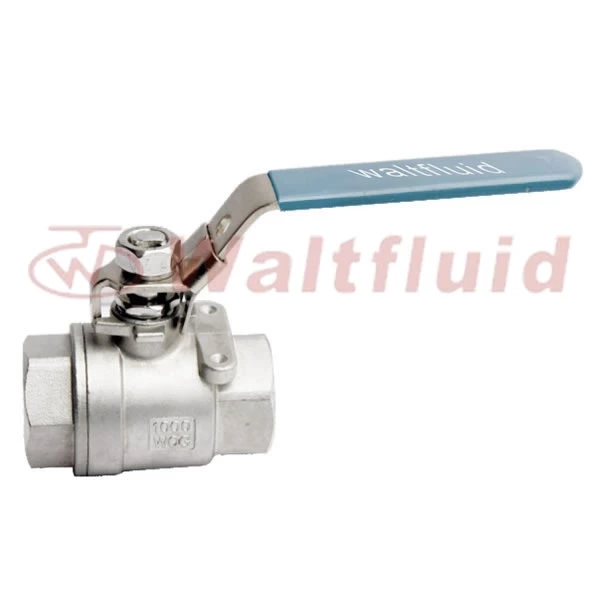
 English
English 中文
中文 Pусский
Pусский  Español
Español
